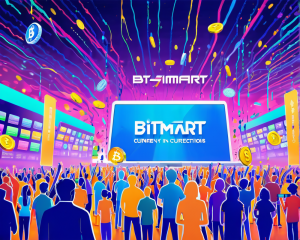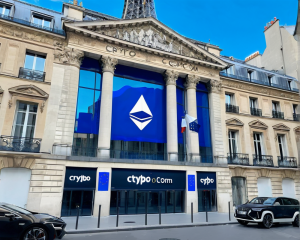Introduction to the Joint Deposit Token
The Swiss Bankers Association (SBA) has recently unveiled a groundbreaking white paper focusing on how Swiss banks can enhance the nation’s digital economy. The proposed solution? A joint deposit token denominated in Swiss francs, aimed at ushering in a new era of stablecoins.
The Current Landscape of Stablecoins in Switzerland
Stablecoins haven’t quite taken the Swiss financial system by storm. Despite the growing trend toward end-to-end digitization in various business models, stablecoins remain as rare as Swiss chocolate in a dairy-free store. There isn’t a single Swiss stablecoin available for the general public, leaving many banking enthusiasts high and dry.
Understanding the Proposed Deposit Token Design
The paper proposes a versatile approach to stablecoins, describing a deposit token that is to be issued and redeemed by smart contracts under the watchful eye of regulated intermediaries. Imagine a token that functions as a ledger-based security, offering the prospect of a more innovative future!
Three Design Options Explored
- Standardized Tokens: Uniformly issued by any commercial bank.
- Colored Tokens: Custom-designed by banks with varying standards.
- Joint Tokens: The SBA’s favored option, issued by a specially licensed vehicle comprising participating banks.
The joint deposit token stands out for its flexibility, lower fees, and the potential for earning interest, making it less susceptible to the kinds of financial ‘runs’ that can plague individual bank tokens.
Technical Specifications of the Token
On the technical side, the paper asserts that all necessary economic and legal requirements can indeed be accomplished. From a conceptual standpoint, the deposit token is envisioned to operate on a public blockchain, supported by added protocols to ensure user privacy and transaction efficiency. It’s like wrapping your cash in a digital ninja disguise!
The Broader Implications
Beyond just a cash-replacement scheme, this joint deposit token could serve as a layer-2 solution suited for various decentralized finance (DeFi) applications. Imagine holding onto a token that allows self-custody or the option to let banks take care of that for you! Talk about having your cake and eating it too.
The Global Context: Learning from Project Guardian
For those wondering where the idea of deposit tokens comes from, we need to look at Project Guardian. Launched by the Monetary Authority of Singapore in May 2022, this initiative partnered several financial institutions to explore DeFi through wholesale funding markets. In a notable transaction, JPMorgan executed the first DeFi trade on a public blockchain, showcasing the possibilities of these digital currencies.
As we can see, the potential for deposit tokens is immense, both in Switzerland and across the globe. Will the joint deposit token pave the way for a more integrated and futuristic banking landscape? Only time will tell!















+ There are no comments
Add yours